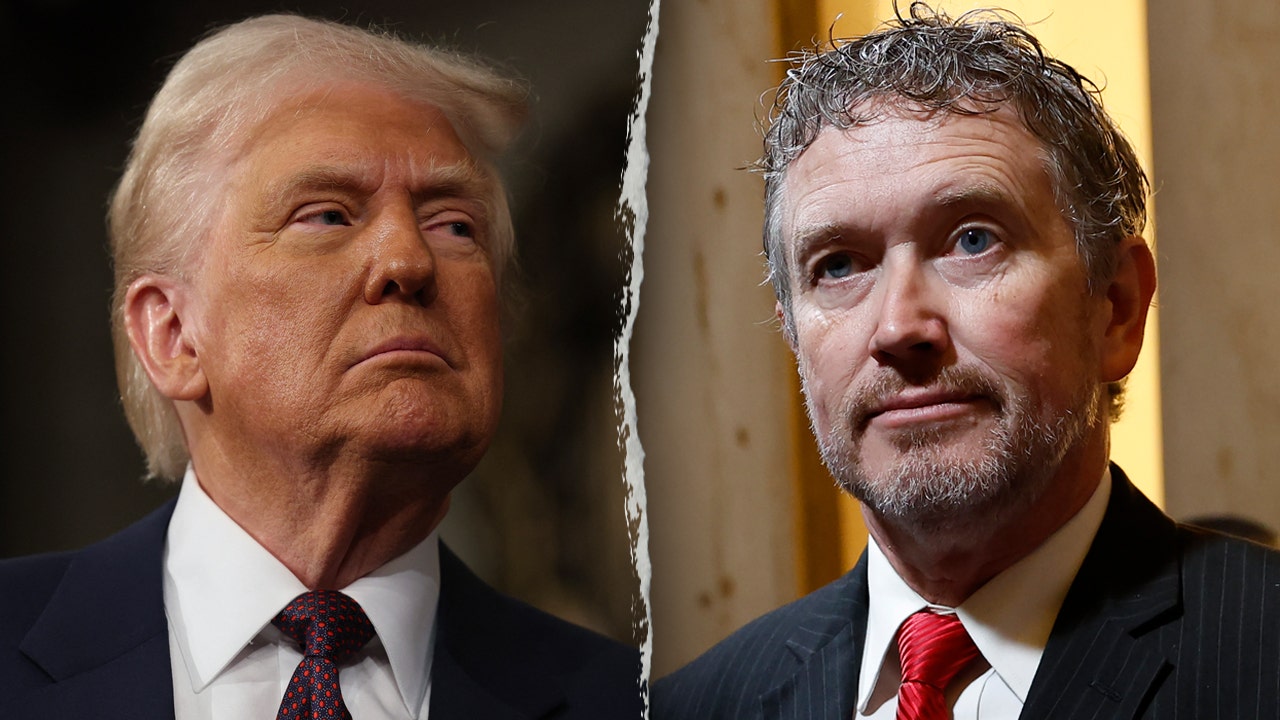What Happened
On June 21, 2025, President Donald Trump announced that the United States had conducted military strikes on three Iranian nuclear facilities: Fordow, Natanz, and Isfahan. This action came amid escalating tensions between Israel and Iran, with Trump framing the strikes as a necessary measure to protect U.S. interests and those of its allies. However, the decision to strike without prior congressional approval has sparked significant controversy, with lawmakers from both parties labeling the action as unconstitutional and calling for immediate congressional intervention.
In response to the strikes, bipartisan lawmakers introduced a War Powers Resolution aimed at limiting the president’s authority to engage in military actions without congressional consent. This resolution emphasizes Congress’s constitutional role in declaring war and seeks to prevent the U.S. from being drawn into what some representatives described as another “endless Middle East war.” The debate over the legality and necessity of the strikes has reignited discussions about the balance of power between the executive and legislative branches regarding military engagement.
Key Details
-
Strikes Announced: President Trump confirmed the U.S. military’s successful strikes on Iranian nuclear sites, stating that all aircraft were safely out of Iranian airspace following the operation.
-
Congressional Response: Lawmakers, including Reps. Ro Khanna (D-Calif.) and Thomas Massie (R-Ky.), criticized the strikes as unconstitutional, arguing that only Congress has the authority to declare war under Article I of the Constitution. They called for a War Powers Resolution to prevent further military action without legislative approval.
-
War Powers Resolution: The War Powers Resolution of 1973 was designed to limit the president’s ability to commit U.S. forces to armed conflict without congressional consent. It requires the president to notify Congress within 48 hours of military action and limits military engagements to 60 days without congressional authorization.
-
Historical Context: Historically, U.S. presidents have engaged in military actions without formal declarations of war, often citing their authority as commander-in-chief under Article II of the Constitution. This has led to ongoing debates about the interpretation of war powers and the extent of presidential authority.
Multiple Perspectives
The situation has elicited a range of opinions:
-
Support for Presidential Authority: Some lawmakers and analysts argue that the president has the constitutional authority to act in defense of national interests without waiting for congressional approval. They contend that the strikes were justified as a response to an imminent threat posed by Iran’s nuclear ambitions.
-
Concerns About Overreach: Critics, including members of both parties, assert that Trump’s unilateral decision to strike Iran without congressional authorization undermines the constitutional framework designed to prevent unchecked executive power. They emphasize the need for a collaborative approach to military engagement and the importance of congressional oversight.
-
Legal Interpretations: Legal experts are divided on whether the strikes constitute an act of war that would require congressional approval. Some argue that the president’s actions fall within the scope of self-defense or collective defense of allies, while others contend that the nature of the strikes necessitates legislative consent.
Context & Background
The constitutional debate surrounding war powers has been a longstanding issue in U.S. politics. The framers of the Constitution granted Congress the authority to declare war, intending to prevent any single branch of government from unilaterally engaging in military conflict. However, the realities of modern warfare and international relations have complicated this framework.
Since the end of World War II, U.S. presidents have frequently engaged in military actions without formal declarations of war, often relying on previous authorizations or interpreting their actions as necessary for national security. The War Powers Resolution was enacted to reassert congressional authority following the Vietnam War, but its effectiveness has been questioned, with many presidents citing national security interests to bypass its requirements.
The current geopolitical landscape, particularly tensions with Iran and the ongoing conflict involving Israel, has heightened concerns about the potential for military escalation and the implications of unilateral presidential actions.
What We Don’t Know Yet
Several uncertainties remain regarding the situation:
-
Future Congressional Actions: It is unclear how Congress will respond to the strikes and whether the proposed War Powers Resolution will gain sufficient support to pass. The political dynamics in a Republican-controlled legislature may complicate efforts to limit presidential authority.
-
Long-term Implications: The potential consequences of the strikes on U.S.-Iran relations and regional stability are still unfolding. The extent to which these actions may provoke further military responses from Iran or its allies remains uncertain.
-
Legal Challenges: The legal ramifications of Trump’s decision to strike Iran without congressional approval may lead to further judicial scrutiny, particularly if Congress seeks to challenge the president’s authority in court.
-
Public Opinion: The American public’s reaction to the strikes and the broader implications for U.S. military engagement in the Middle East will likely influence future policy discussions and legislative actions.
In summary, the recent military strikes against Iran have reignited a complex debate about the balance of power between the presidency and Congress regarding military action, highlighting the ongoing tensions between constitutional authority and the realities of modern warfare.


